VIDEO: Hard Brake Pedal Problems
Here’s how a brake pad can cause a hard brake pedal. This video is sponsored by Auto Value & Bumper to Bumper.
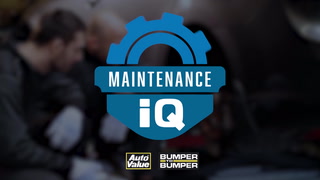
Raybestos Tech Tip: Low Brake Pedal From Bad Wheel Bearing
When a vehicle comes into a shop with a low or spongy brake pedal, what is your first thought? Chances are you think it is a problem in the hydraulic system. It could be a faulty master cylinder, a leak in the brake lines or a bad caliper.

Measuring Brake Pedals And Pads
On a mechanical level, it is easy to understand how brakes work. We all understand that brake fluid transfers force from one hydraulic component to another. But, how does this apply to how a brake pedal feels? This is where math is required.
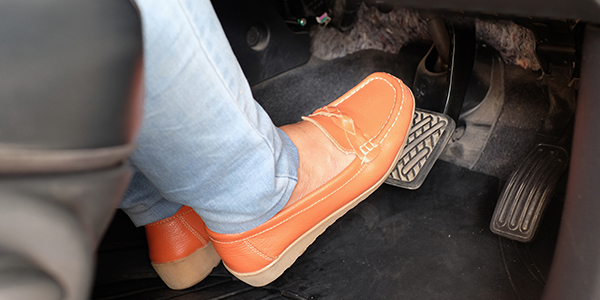
Tech Tip: Low, Sinking Or Spongy Brake Pedal
Master cylinder may be leaking fluid past the piston seals internally (by passing), not building up pressure. When diagnosing a master cylinder, keep in mind the type of seals that are used are lip cup seals. This design allows for the seal to improve as the pressure increases. Another feature of this seal is that it does not create a vacuum when the piston retracts.
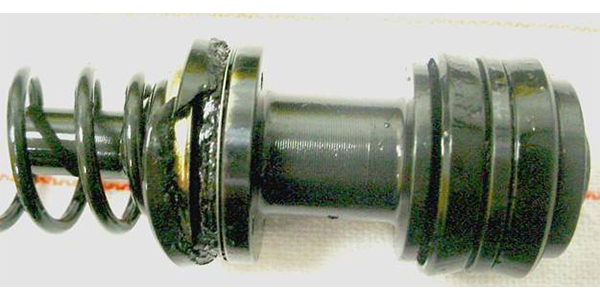
Honda: Brake Pedal Feels Hard In The Morning Or In Cold Weather
The brake pedal can feel hard during the first couple of brake applications, usually in the morning when the temperature is cold. At cold start in high altitude, combined with the fast idle retard operation, the intake manifold vacuum supply is at its lowest, resulting in low booster assist.
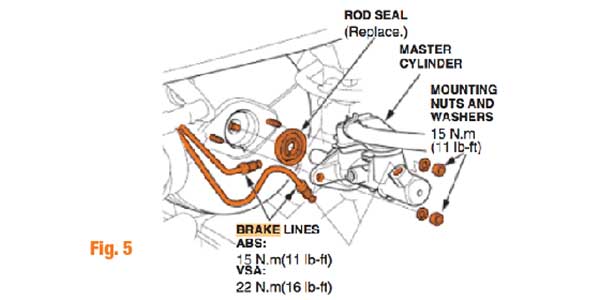
How Do Fluid And Friction Change Brake Pedal Feel?
Chances are your foot will know the condition of a vehicle’s brakes and the quality of the brake pads before your mind puts it all together. Consider this: Stopping a 4,000-lb. vehicle requires a driver to press on a pedal to generate friction at the wheels. What happens in between the pedal and pads can determine how much pressure the driver is required to apply to stop the vehicle in a safe distance.
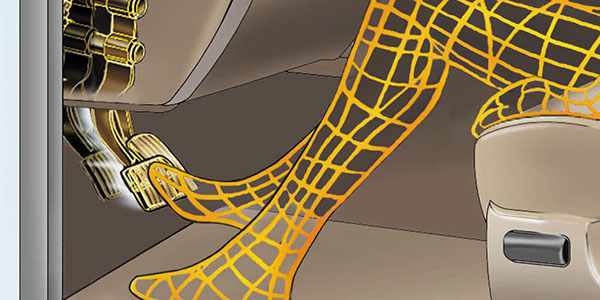
Low Sinking Or Spongy Brake Pedal
When diagnosing a master cylinder, keep in mind the type of seals that are used are lip cup seals. This design allows for the seal to improve as the pressure increases. Another feature of this seal is that it does not create a vacuum when the piston retracts.
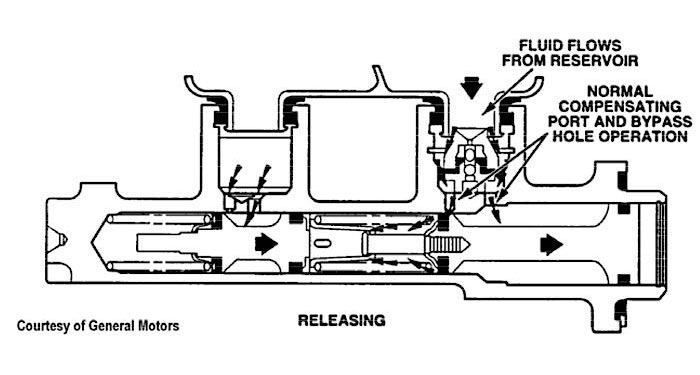
Increased Brake Pedal And Steering Effort
It may be possible to restore proper brake and steering operation by flushing the system. After cleaning, if the filter and fluid show obvious signs of hose contamination, all hoses must be replaced and both fluid and the in-line filter changed again.
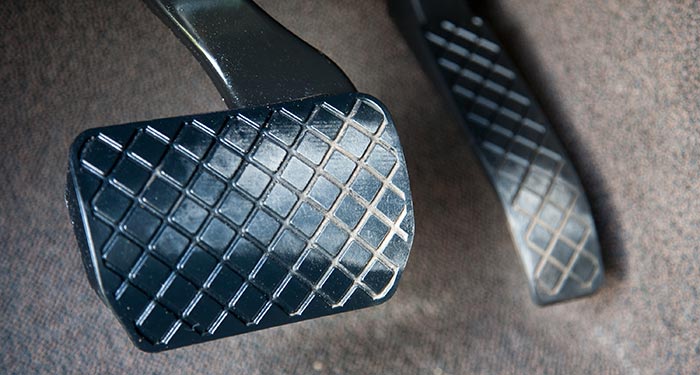
Honda Tech Tip: Brake Pedal Feels Hard In The Mornings Or In Cold Weather
The brake pedal can feel hard during the first couple of brake applications, usually in the morning when the ambient temperature is cold. To correct, replace the brake booster and the master cylinder rod seal, and update the PGM-FI software using the reflash capable scan tool.
Solving Hard Brake Pedal Complaints On Subaru Vehicles
Some Subaru owners may experience a hard brake pedal (high effort) in extreme cold weather. Braking ability gets better as air temperature rises. The vacuum hose in these vehicles has an in-line check valve. Moisture can accumulate in the valve. In cold weather, the moisture freezes, blocking the vacuum to the booster, which causes the need for greater brake effort.
